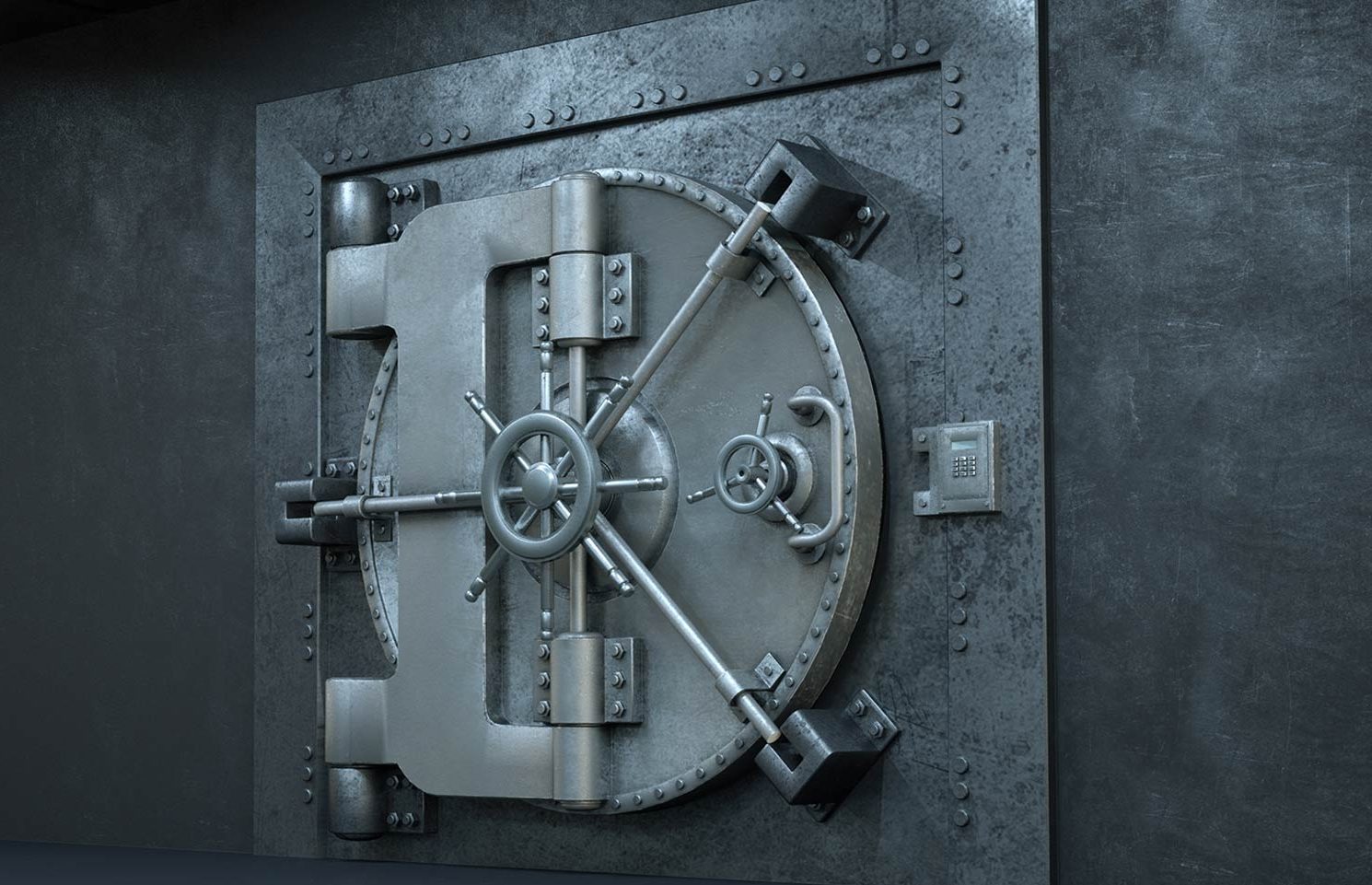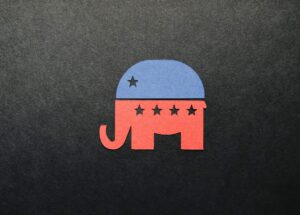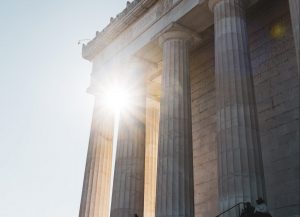U.S. national debt is going up at a rate never seen in the history of the United States. The present debt goes to $28 trillion. This is an increase of close to $5 trillion in 14 brief months. Moreover, Washington is now in the process of debating an infrastructure bill. It carries with it a price tag of close to $2 trillion. However, without this extra spending, the national debt is going to approach $89 trillion by 2029, according to USDebtClock.org.
U.S. National Debt is Growing out of Control by Leaps and Bounds!
As a result, it would, in fact, place the country’s debt-to-GDP ratio at 277%. Thereby, surpassing Japan’s current 272% debt-to-GDP ratio. But there is good news especially about that. The U.S. economy did grow by 6.4% in the first quarter of the year. Yet, the bad news is that, after we return to “normal,” future economic growth is possibly not becoming so robust. This is mostly due to the ballooning debt. No, surprise with our “spend-happy” president Joe Biden. It looks like he’s going to potentially bankrupt the good ole U.S. of A! Yes, America is losing (that’s totally obvious) or perhaps already has lost (well, yeah!), control of its public spending. However, it wasn’t always the case.
America was More Frugal at One Time Comparing to Now
If you look at data since 1901 (gulp!), the federal government receipts and expenditures were primarily in line until the early 1970s hit. Of course, there was a deficit at times, including during World War I, the Great Depression, and World War II. But even at that time, Washington had some modicum of restraint over its spending. In fact, the country was still under the gold standard. However, when President Richard Milhous Nixon got rid of the gold standard in 1971, then proverbial shackles were removing and the U.S. Congress was free to spend, or actually rather overspend wildly.
In more current times, Washington’s inclination to overspend has been without precedent. Then, when the financial crisis hit in late 2007, Congress passed a series of spending bills, known as quantitative easing. The goal was to help the country come out from under the Great Recession. Back then, expenditures were about 67% higher than receipts. The infamous COVID-19 pandemic has brought in constant new waves of spending with expenditures going far beyond the receipts by nearly 92%.

 With Us"
With Us"



